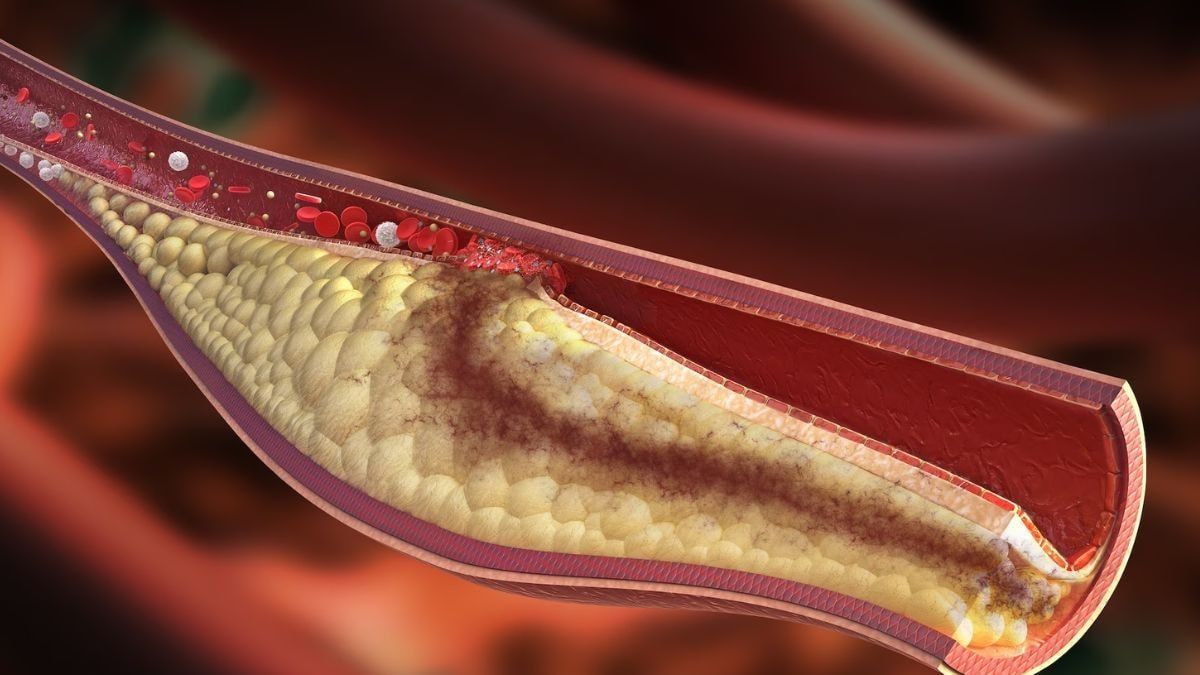It is important to have regular medical checkups to diagnose the risk of high cholesterol.
High cholesterol in the body can block the arteries in the legs due to fat accumulation.
High sugar levels, high blood pressure and high cholesterol are often considered silent killers and pose significant risks to human health. High cholesterol, in particular, is recognized as a major contributor to heart disease, with warning signs including chest pain, dizziness and slurred speech. Cholesterol exists in two forms: good cholesterol (HDL) and bad cholesterol (LDL), both produced by the body and acquired through diet. LDL cholesterol, considered harmful, can cause arterial blockages when elevated, hindering blood flow and increasing the risk of heart-related complications.
Recent findings indicate that a specific symptom observed during exercise, particularly in the legs, could serve as an early indicator of high cholesterol levels. The arteries in the legs, as in other parts of the body, can become clogged with fat due to excess cholesterol, leading to a condition known as peripheral artery disease (PAD).
Dr. Aditya S. Chowti, Senior Consultant, Internal Medicine, Fortis Hospital, Cunningham Road, Bengaluru, highlighted that pain in the legs during physical activity is a common symptom of PAD, accompanied by notable physical changes such as alterations in nails and skin texture. Claudication, characterized by narrowing of blood vessels in the legs, is a common sign of PAD.
According to the American Heart Association, people with high cholesterol face a higher risk of developing PAD, which causes pain in the lower back, thighs, and calves, especially during activities such as exercise, walking for a long time, and climbing stairs. Common symptoms that indicate risk of PAD due to high cholesterol include leg pain, swelling, numbness, non-healing wounds, weakness, discoloration of the legs, hair loss, brittle nails, and pain or cramps in the hands.
Regular medical checkups are crucial for early detection of high cholesterol risks, emphasizing the importance of maintaining a balanced diet and engaging in regular physical activity to prevent cholesterol buildup. Lifestyle modifications, including dietary adjustments and consistent exercise routines, play a critical role in controlling cholesterol levels and reducing the likelihood of PAD and associated complications.
Increased awareness of the relationship between high cholesterol and PAD symptoms underscores the importance of proactive health management and preventive measures to safeguard cardiovascular well-being.












